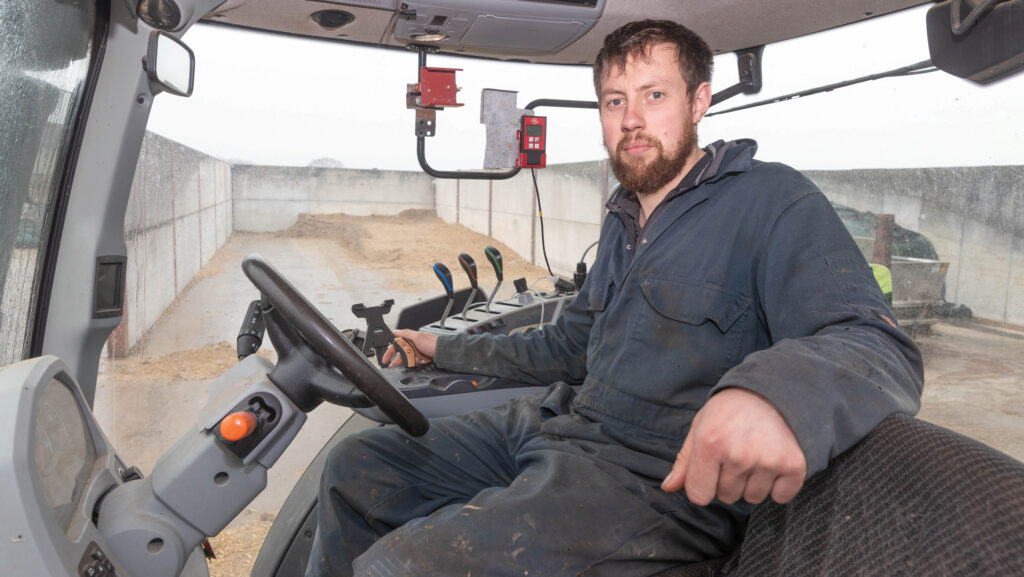Farmer Focus: Slurry-scraping shenanigans should soon be over
 Tom Hildreth © Tim Scrivener
Tom Hildreth © Tim Scrivener I’m pleased the sun has finally come out. Today (20 June) has been the first since we drilled the maize that it’s had some warm sunshine on it.
I don’t know about anyone else, but our maize got three to four leaves and then stopped growing. It’s only in the past day or two that it’s started to move forward again.
See also: How a slurry digester is helping cut energy costs by 85%
The cold and wet May/early June hasn’t done the grass any favours either. We cut everything for silage, apart from one 5-acre field that I strip-grazed.
I wished I hadn’t bothered doing that since most of the grass was paddled in, and the yield dropped.
I couldn’t wait to get them out of there and onto some post-first-cut regrowth.
I would have much preferred to keep the cows in, but a small building project meant they couldn’t have access to the cubicle shed, except for a few fresh-calved cows that we held back.
This building project involves installing slurry channels, slats and a slurry collector robot to replace the loafing area in front of the cubicle shed.
Until now, the slurry has been scraped out of the passageways across the loafing yard and up a ramp into the former weeping wall store (the weeps have been filled in to make a kind of reception pit).
This process is like spreading butter when it’s dry and controlling waves when it’s wet.
I decided I had to come up with a solution, because I refuse to spend my entire career scraping slurry.
What we’ve come up with has meant a few weeks of preparatory work – concrete breaking, removing a few hundred tonnes of clay and dropping 3m-wide channel sections into place.
Next week, we’ll put the slats over the top and pour a bit of concrete. Once it has cured, I’ll have my cow shed back.
I suppose, in a way, the weather being a bit colder has helped, as there has been no chance of any heat stress over the past month or so while the cows have been out.
Now it is starting to warm up, so the sooner I have my shed back, the better.

